The horizontal writing tabletop; the two side chests flanking the empty central space intended for the chair and the writer's legs; the under-shelf drawer in the middle for pens, pencils and other writing objects.
The top is walnut-root veneer like the rest of today's rational office furniture.
The elongated front has the vertices connected to the sides of the frame with strips. The front open in the middle under an under-top drawer has four drawers on the right and left separated by thin cross-pieces framed by a rectangular fillet.
Solemnly impaled by the logic of rigidity, this piece of furniture documents all the flair and executive skill that mark the products of 18th century Venetian cabinet-making.
Another important characteristic of this centre desk is the rigorous essentiality of the layout that unites all the parts of the piece, including the calibrated sequence of drawers that frame the central open compartment on the front, matching the polished clarity of the other sides, the dry elegance of the linear party that airily contours the volumes, declining with composure the sturdy supports, sturdy for having to keep a heavy safe inside the second drawer below.
The paintings and works of art published here are my exclusive property and therefore are always available to be viewed, by appointment, in my exhibition sites located in Sanremo and Brescia.
Thisitem , like all our objects, is sold accompanied by a photographiccertificate FIMA of authenticity and lawful origin; this documentidentifies the object by adding more value to the article.
Wetake care and personally organize the packaging and shipping of ouritems with insurance all over the world.
Mr. Riccardo Moneghini
Art Historian













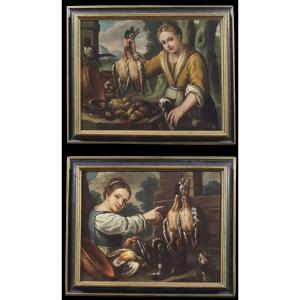




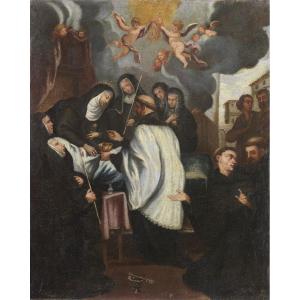


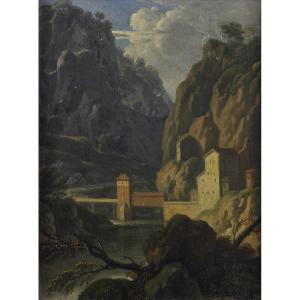
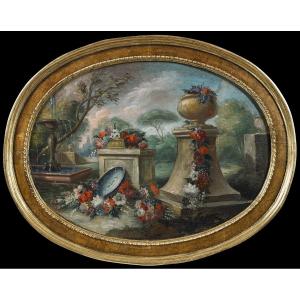





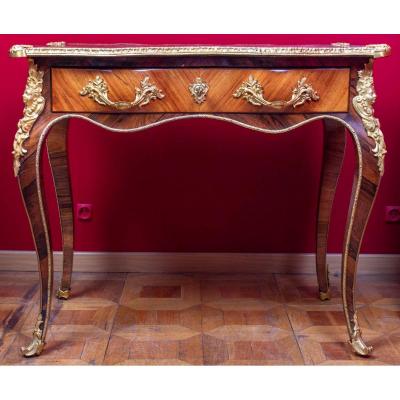
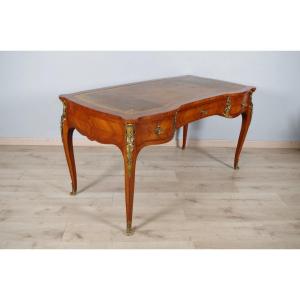




 Le Magazine de PROANTIC
Le Magazine de PROANTIC TRÉSORS Magazine
TRÉSORS Magazine Rivista Artiquariato
Rivista Artiquariato